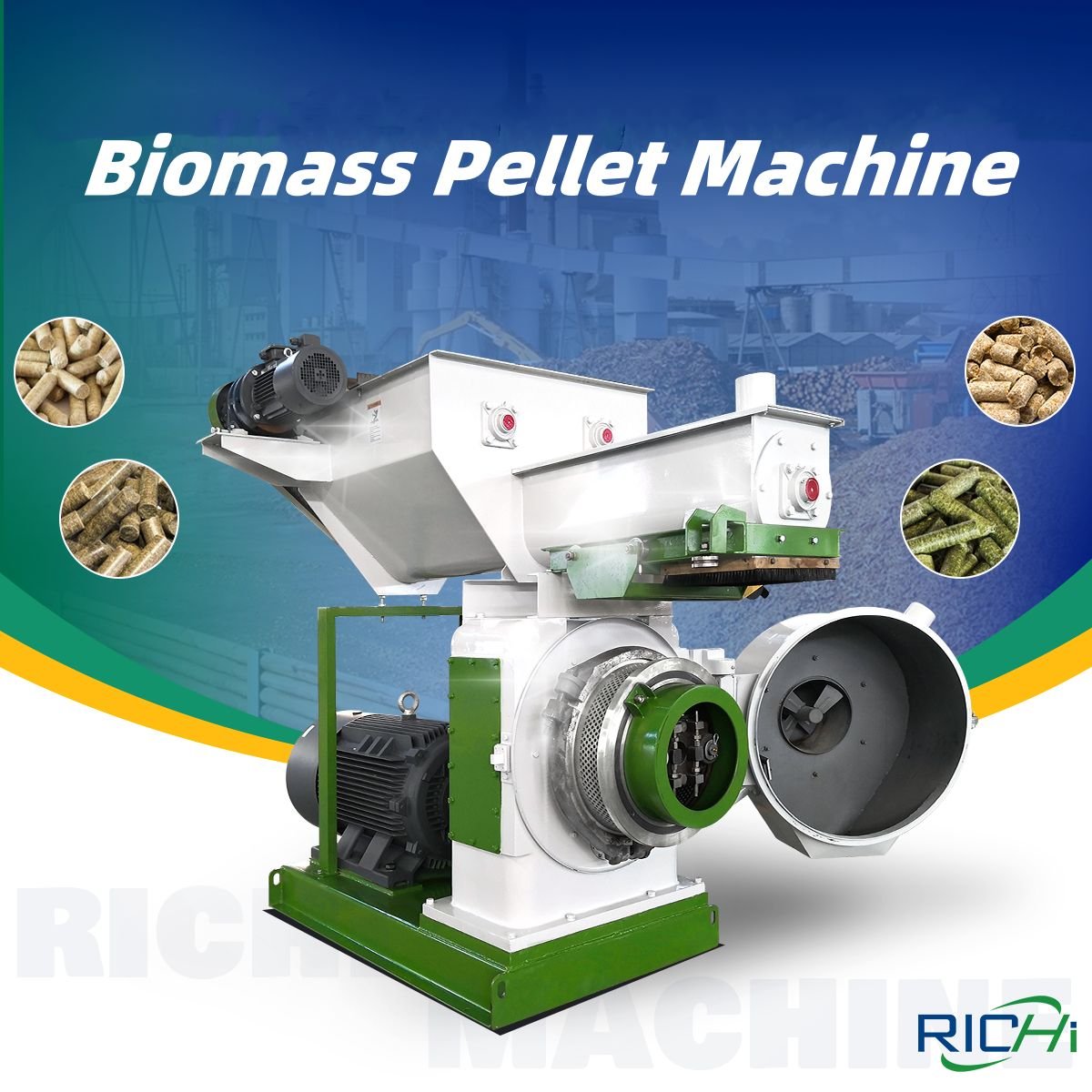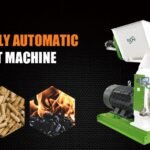In the realm of renewable energy solutions, biomass has emerged as a key player, offering a sustainable alternative to fossil fuels. Biomass pellets, produced using specialized equipment like the 10T/H biomass pellet machine, embody efficiency and versatility, making them ideal for various applications from residential heating to industrial processes. Understanding the factors influencing the price of these machines is crucial for potential investors and industry stakeholders.
The Significance of Biomass Pellets
Biomass pellets are favored for their superior attributes:
- Increased Energy Density: Through densification, biomass pellets achieve higher energy density, enhancing efficiency in transportation, storage, and combustion.
- Consistent Quality: Precise manufacturing ensures uniform size, shape, and density, optimizing combustion and energy yield.
- Reduced Emissions: Biomass pellets contribute to lower emissions compared to conventional fossil fuels, supporting cleaner energy initiatives.
- Versatility: Suitable for diverse applications, biomass pellets offer flexibility across residential, commercial, and industrial sectors.
- Renewable and Sustainable: Biomass as a renewable resource promotes sustainable practices and reduces reliance on non-renewable energy sources.
The Role of 10T/H Biomass Pellet Machines
These machines are pivotal in biomass energy production:
- High Production Capacity: Capable of producing 10 tons of pellets per hour, they meet the demands of large-scale operations, ensuring consistent fuel supply.
- Efficient Processing: Advanced technologies optimize biomass conversion, minimizing waste and energy consumption while maximizing output.
- Consistent Product Quality: Rigorous quality control guarantees pellets meet strict specifications, ensuring reliable performance.
- Versatility: Adaptable to various biomass feedstocks, they offer flexibility in raw material sourcing.
- Scalability: Available in different configurations, they can scale production to meet growing market needs.
Related post:biomass pellet machine price
Factors Influencing the Price of 10T/H Biomass Pellet Machines
Several key factors determine pricing:
- Machine Configuration: The number and type of components (feeders, dryers, grinders, pellet mills, cooling systems) significantly impact costs.
- Automation and Control Systems: Advanced automation and monitoring systems enhance efficiency and control but add to initial costs.
- Brand and Manufacturer: Established brands may command higher prices due to reputation, expertise, and quality assurance.
- Production Capacity: Higher capacity machines are more expensive due to increased size, complexity, and power requirements.
- Additional Features: Specialized features like material handling systems or safety enhancements can increase costs.
- Geographic Location: Manufacturing location and delivery destination affect prices due to transportation costs, taxes, and duties.
- After-Sales Support: Comprehensive support (installation, training, maintenance, spare parts availability) impacts overall cost of ownership.
Maximizing the Value of Investment
To optimize returns:
- Market Research: Assess demand, raw material availability, and costs to ensure a viable investment.
- Energy Efficiency: Choose machines with energy-efficient technologies for long-term cost savings.
- Financing Options: Explore leasing or financing to manage cash flow effectively.
- Supply Chain: Develop robust supply chains to ensure consistent production and sales.
- Workforce Development: Invest in training for skilled operation and maintenance.
- Continuous Improvement: Embrace innovation and upgrades to enhance efficiency.
- Diversification: Explore new applications or markets to expand revenue streams.
Conclusion
Investing in a 10T/H biomass pellet machine entails understanding its cost dynamics and aligning them with long-term business goals. These machines are pivotal in driving the biomass energy sector forward, offering sustainable solutions and contributing to environmental stewardship. By navigating price determinants and leveraging strategies for value maximization, stakeholders can propel their ventures towards success in the burgeoning renewable energy landscape.


